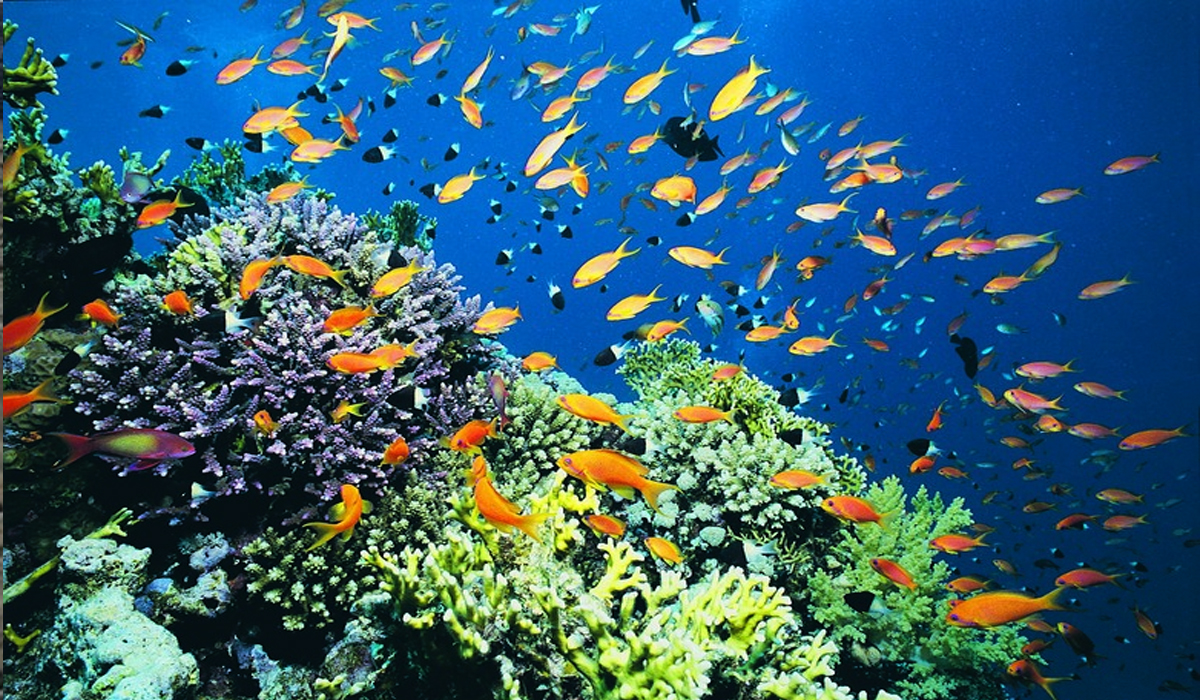
New research has raised alarms about the impact of extreme Indian summer monsoon (ISM) variations on marine ecosystems in the Bay of Bengal. According to a study published in Nature Geoscience, both abnormally strong and weak monsoon events have historically reduced marine food supply by up to 50 percent, posing a threat to millions of people who depend on the sea for their livelihood and nutrition. The Indian summer monsoon is a vital source of freshwater for the region, but its influence extends far beyond rainfall. It plays a significant role in shaping marine conditions across the northern Indian Ocean. Although the Bay of Bengal occupies less than 1 percent of the global ocean area, it accounts for nearly 8 percent of the world’s fishery production, making its ecological health crucial to regional food security.
“Millions living along the Bay of Bengal rely heavily on fish as a primary source of protein,” said Yair Rosenthal, professor of Marine and Coastal Sciences at Rutgers University and one of the study’s co-authors. He emphasized that the basis of this ecosystem lies in the productivity of surface waters — especially the growth of plankton, which form the base of the oceanic food chain. Plankton consist of two main groups: phytoplankton, which are microscopic plants that use sunlight to produce energy and oxygen, and zooplankton, tiny drifting animals that feed on phytoplankton. When plankton populations decline, the entire food web — including fish stocks — is at risk of collapse. According to the researchers, climate change is increasing the intensity and variability of the monsoon, raising concerns about its long-term impact on ocean productivity. While past studies have tracked short-term changes linked to monsoon fluctuations, the new research takes a much longer view — examining patterns over the last 22,000 years.
Lead author Kaustubh Thirumalai of the University of Arizona explained that the team studied fossilized shells of foraminifera, microscopic marine organisms, preserved in ocean sediments. These tiny creatures have calcium carbonate shells that retain chemical signatures of the sea environment in which they lived. By analyzing the ratio of oxygen isotopes in these shells, researchers reconstructed past sea surface temperatures and monsoon activity. The analysis revealed sharp declines in marine productivity during both unusually weak and strong monsoon periods. One example is Heinrich Stadial 1, a cold and dry interval between 17,500 and 15,500 years ago, when the monsoon weakened significantly and productivity fell.
A similar drop occurred during the early Holocene, about 10,500 to 9,500 years ago, a time marked by intense monsoon rains and rapid climate warming. The study highlights how both extremes in rainfall can harm marine life, though through different mechanisms. Strong monsoon rains increase freshwater discharge from rivers into the Bay of Bengal, creating a surface layer of low-salinity water. This stratification blocks the upward movement of nutrients from deeper layers, starving plankton in the sunlit surface waters. On the other hand, weak monsoons reduce wind-driven mixing of ocean layers, which also restricts the supply of nutrients needed for plankton growth.
